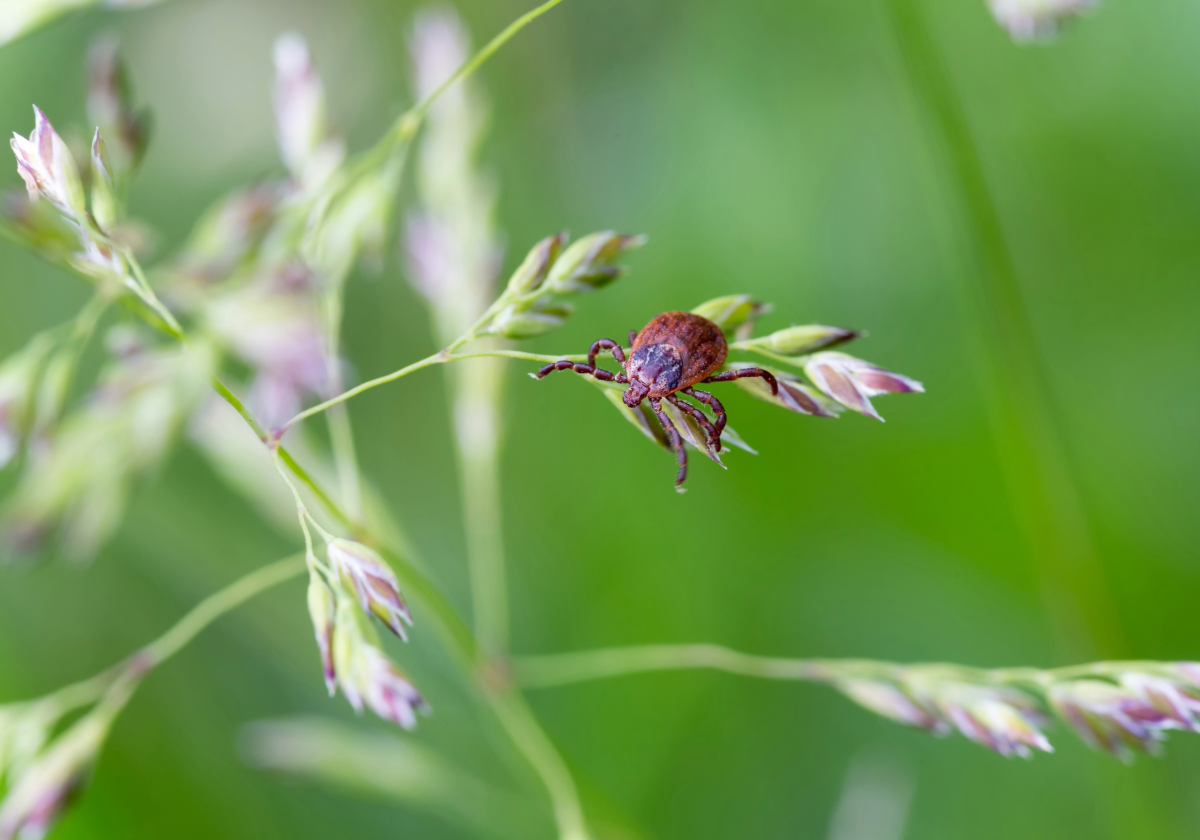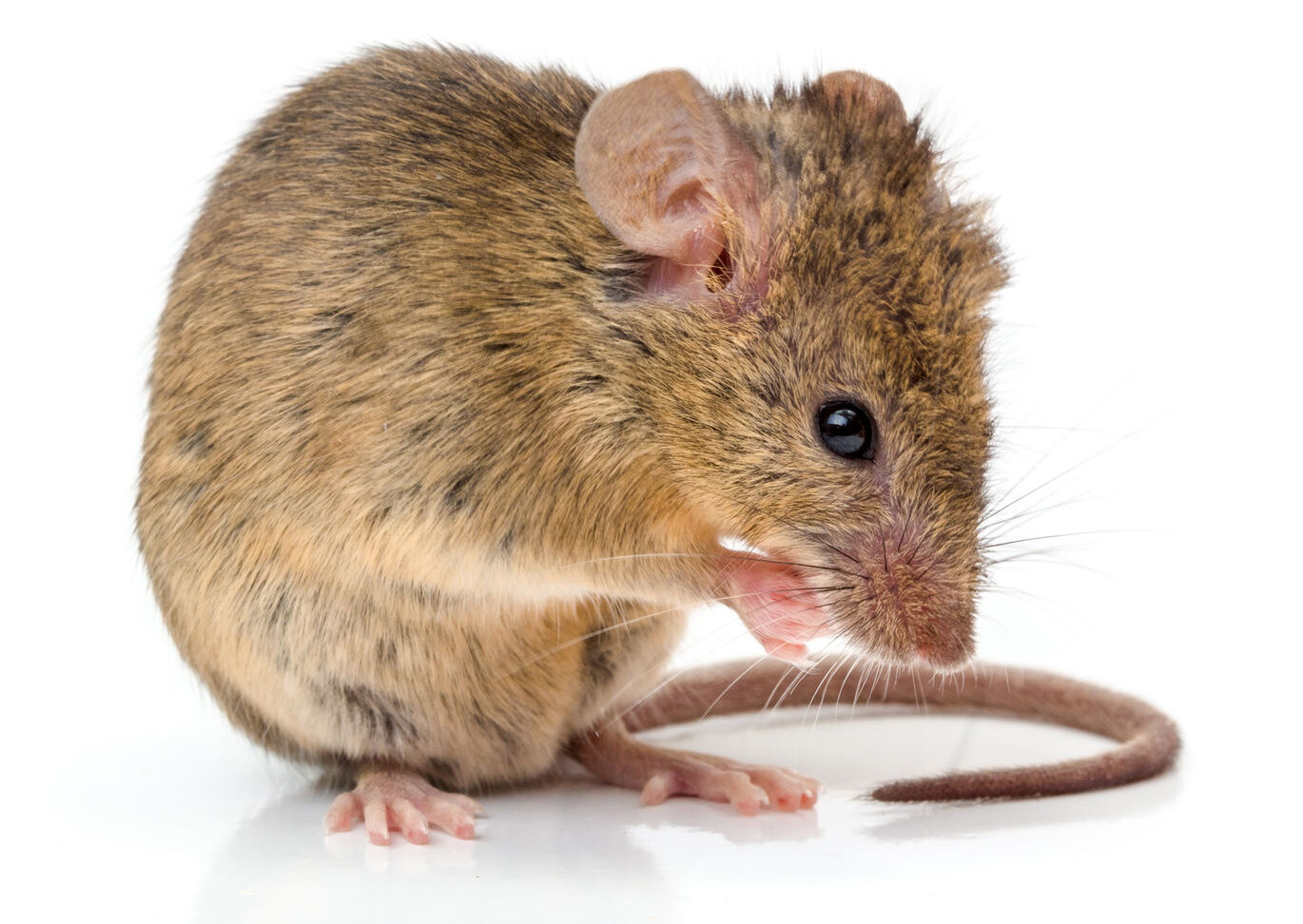Do it yourself nest removal methods vary depending on the time of year and what kind of stinging pest you’re dealing with. In spring, getting rid of a nest is as easy as taking a broom to it because a stinging pest population will often start off with only a single queen, and those starter nests are nothing more than a tiny, upside-down umbrella. But, by fall, nests have had a lot of time to grow, and those stinging insects have had time to increase in number. This can be either a big problem or a medium sized problem, depending on what kind of nest you have. Here are some things you should keep in mind if you decide to tackle this problem on your own.
Nest Protection
All stinging insects aggressively protect their nests, but some are more aggressive than others. This is because some stinging insects are social, and some are not. Social insects, such as yellow jackets and bald-faced hornets, will work together to swarm and chase after anyone who dares to threaten their nest. They will often give chase for yards and even go around obstacles. Solitary insects, like the paper wasp, are still aggressive, but not quite as organized. If you are far enough away, they will have a harder time finding you because they don’t work well together. It is important to know what kind of insect you are attempting to remove, and whether or not they are social or solitary.
Protective Gear
Always wear protective gear, especially if you are attempting to eliminate a nest inside a closed space. Stinging pests can sting through light clothing, so you’ll need something heavier to protect you. They will also climb up under your shirt or pant legs, so thick overalls or a beekeeping suit will work best to keep them out. Make sure to cover your head to avoid stings in your ears, nose, or around your eyes.
Traps
There are traps you can purchase, or create yourself, that will lure wasps in and keep them from getting out. These traps do nothing to eliminate a wasp problem or deal with nests, and they have the unwanted result of luring more wasps onto your property.
Insecticides
Using some form of chemical is the best way to remove nests, but there are pitfalls to using these products. Here are some important tips to follow:
Read and follow the instructions on the label carefully.
-
Always wear some kind of protective gear.
-
Avoid standing underneath a nest while applying the product.
-
Make sure you have some way of escape, especially if you are trying to treat a nest in an attic space, shed, outbuilding, or garage.
-
Do not treat a nest inside a closed space without a respirator. The chemicals used to kill stinging pests are toxic to humans as well.
-
Don’t spray from a ladder. This could result in a fall.
-
Treat the nest at night when there is less activity.
-
After application of an insecticide, wait a day before removing the nest. You want to be sure there are no active insects left inside.
-
Be aware that over-the-counter wasp products kill wasps on contact. You will only kill the wasps you actually spray.
Points to Consider:
-
Homeowners are not usually successful at killing an entire nest of yellow jackets, bald-faced hornets, or mud daubers with chemicals.
-
It is difficult to safely treat for stinging insects without a proper education in pest control protocols.
-
A professional pest control technician will recognize unique threats, such as a nest that extends down into a wall void or up into the eaves of a home, and is trained to deal with these issues properly.
-
Some people don’t know they are allergic to stinging insects, or how serious a sting can be when an allergic reaction, such as anaphylaxis, occurs.
-
A professional pest control technician will use methods that are designed to ensure that no one on the property will be in danger of a sting.
At Adam’s Pest Control, we employ licensed professionals who are educated in the habits and habitats of stinging pests and trained in strict government regulations for safe removal. You can always expect fast, friendly, and thorough service, backed by our 100% customer satisfaction guarantee.
Don’t let stinging pests be a pain. Call Adam’s Pest Control and get rid of them fast.




